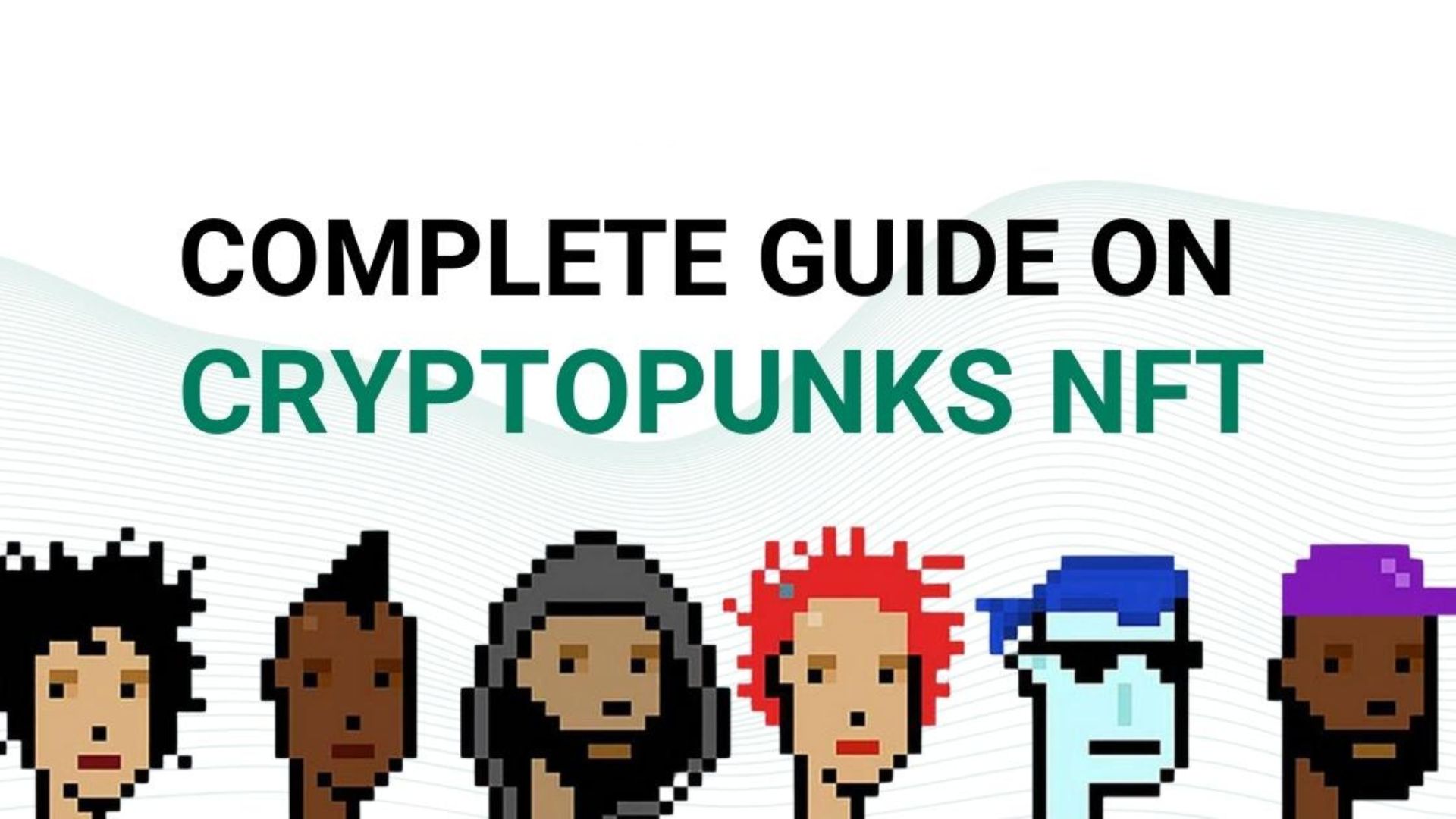What is Stablecoin? A Comprehensive Guide 2024
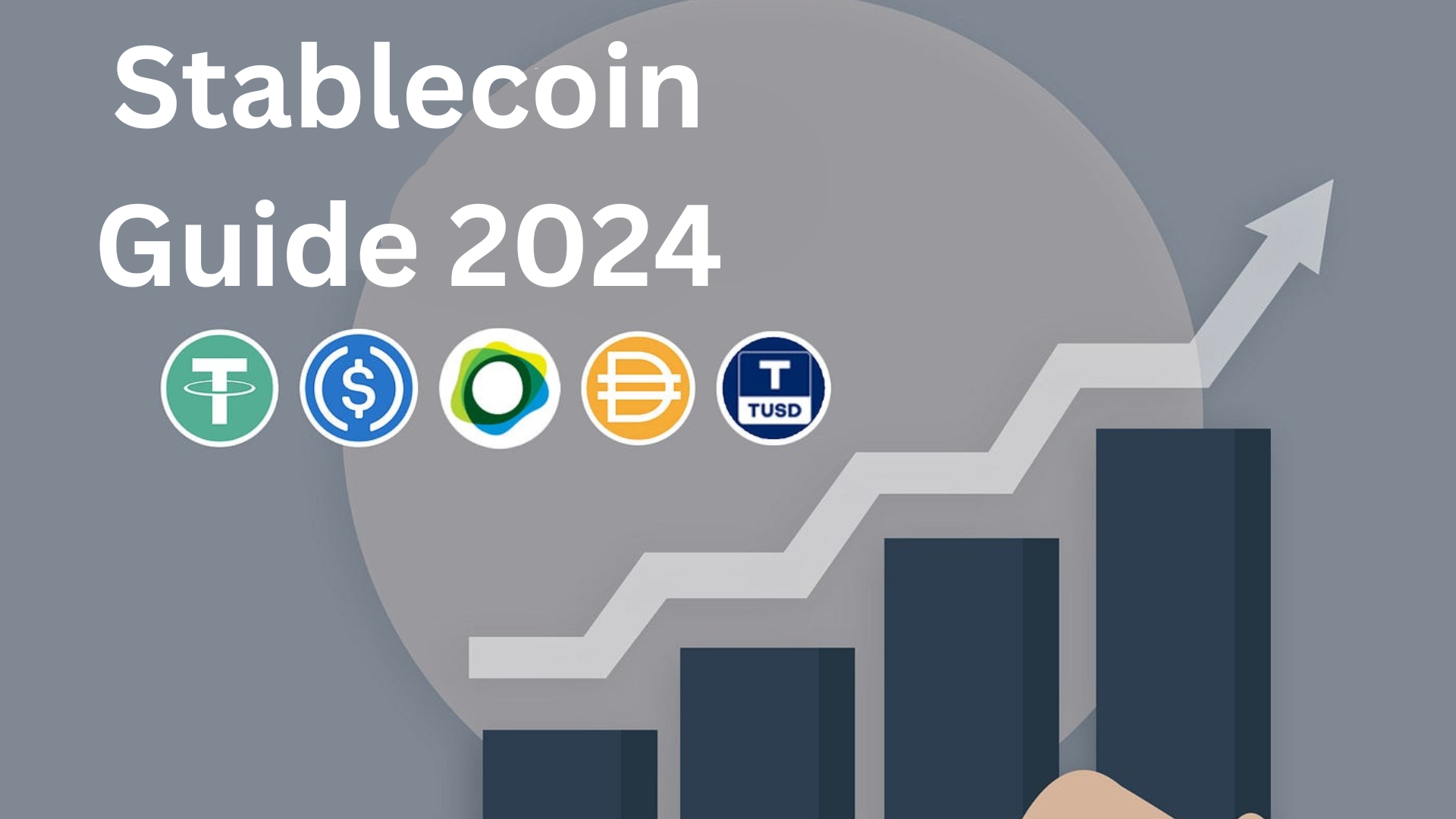
What is Stablecoin? A Comprehensive Guide 2024. Any cryptocurrency coin or token tied or supported by an item with a reasonably constant price, like fiat money or gold, is called a stablecoin. Some stablecoins, like Tether (USDT), are managed by a central authority, while others, like Dai, are issued by a Decentralized Autonomous Organization (DAO) on the Ethereum network. Like other stablecoins, Nubits uses a hybrid issuance architecture in which a central authority and a decentralized autonomous organization (DAO) work together.
The value of the reserve asset that usually backs a stablecoin equals the coin’s or token’s worth. Cryptocurrency, precious metals (like gold), or fiat cash can all function as reserves. No issuer, whether a central authority or a decentralized autonomous organization (DAO), should issue more stablecoins than its Reserve allows. Only when the reserve increases may new coins be issued.
What is a Stablecoin?

Unlike Bitcoin and Ethereum, stablecoins are not decentralized and aim to maintain a constant value by being tied to another currency or commodity. In contrast to traditional crypto tokens, which might see daily price fluctuations, this innovative coin aims to keep its value continuously anchored.
For instance, PayPal, the most popular online payment system, has just launched its Stablecoin, PYUSD, which is pegged to the U.S. dollar. It is a stable coin supported by the safe and easily convertible dollar. A single PYUSD token equals one U.S. dollar because of the 1:1 peg with the USD. No stablecoin can guarantee that its value won’t fluctuate. For instance, USD Coin (USDC) and Tether (USDT), two of the top stablecoins, have values that oscillate marginally around $1. However, many risk-averse investors have been drawn to it because of its high stability probability.
One exciting thing about Stablecoin is that it can alter stable pricing in several ways. Linking the value of the digital currency to an external reserve asset, such as gold or the U.S. dollar, is the most favored option. This Reserve provides stability to the Stablecoin’s value by acting as security. There are alternative methods that employ algorithms and smart contracts to alter supply while maintaining the peg.
The fundamental goal of the stablecoin idea is to facilitate faster DeFi adoption and integration with traditional markets. Token holders of Stablecoin can engage with various blockchain ecosystems and cryptocurrencies thanks to the coin’s inclusivity and other attributes. Still, the procedure of trading cryptocurrencies for stablecoins is becoming more accessible due to the increasing developments in the crypto industry.
Why Do We Need Stablecoins?
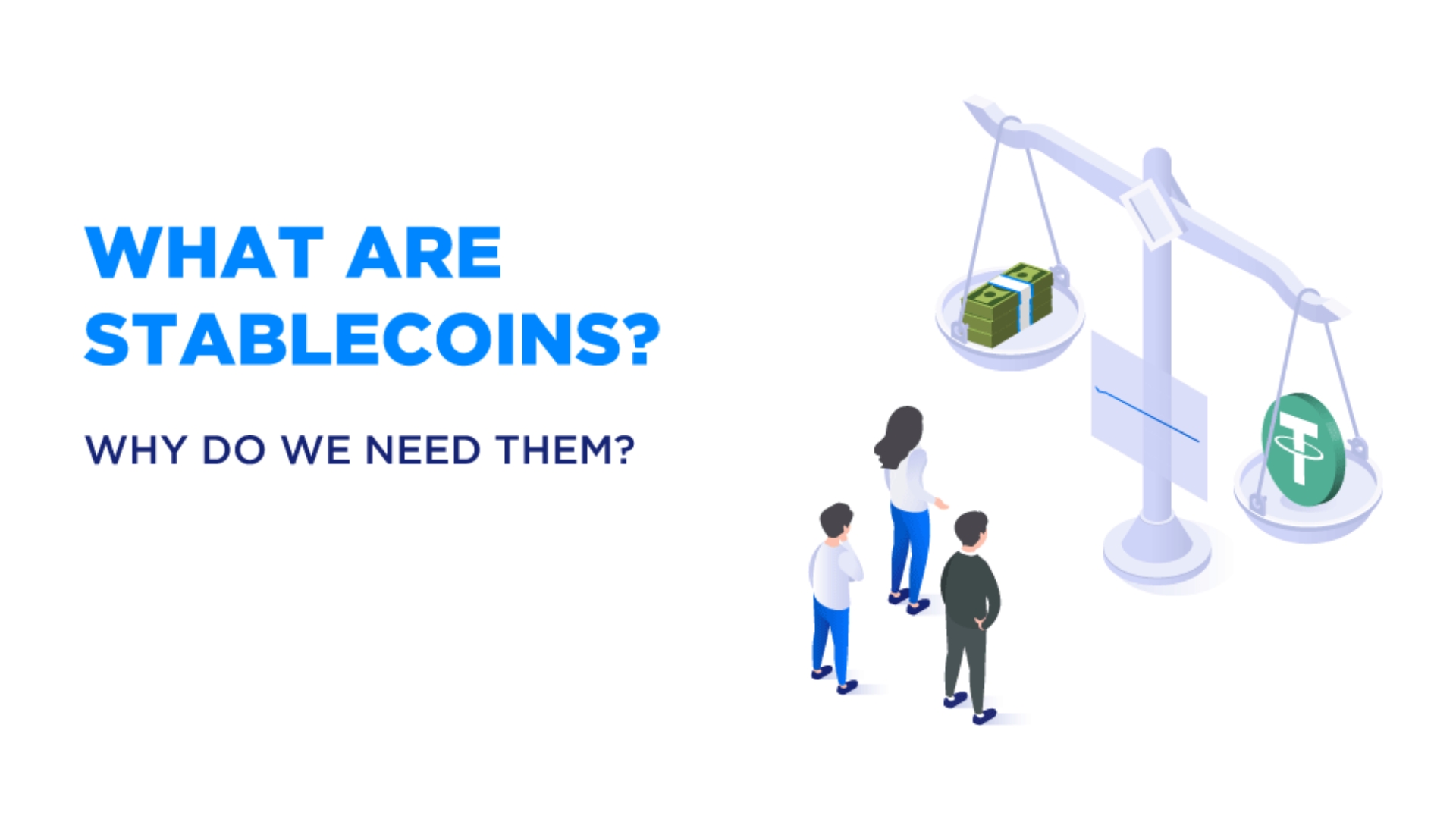
The surge in interest in stable cryptocurrency begs the question: why? The truth is that cryptocurrency is significant for high-risk investors due to its highly volatile values. Still, it’s not great for people who intend to use their Bitcoin for actual transactions. People will seek out alternatives until the value of Bitcoin becomes steady. An effort to combine the advantages of digital currencies with those of more tangible assets is the basic idea behind a stablecoin. Here are the four main uses for stable cryptocurrency:
- To establish a steady environment for cryptocurrency trading pairs in forex-style deals. Due to recent worries regarding that currency, many exchanges have begun offering alternatives to Tether (USDT), a stablecoin formerly widely used.
- Stablecoins provide a diversification option for professional investors and hedge funds during periods of market volatility. The best stable cryptocurrency to employ for this goal will be a question that institutional investors will ponder for the foreseeable future.
- A stablecoin’s value is constant and predictable, making it as usable for transactions as fiat cash. For many who want to see widespread use of cryptocurrencies, stablecoins are the next logical step.
- Also, regular payments like rent or salary are perfect for stablecoins because of their consistent value. Major cryptocurrencies’ present volatility makes using them for monthly fees challenging, as their value might swing drastically from one month to the next. Stablecoins could be the perfect solution for blockchain firms looking to make a bold statement by paying their teams in Bitcoin.
How Stablecoins Work
Stablecoins are “pegged” to fiat currencies like the dollar. Each $1 coin is backed by $1 in issuer reserves. Since the issuer buys and sells coins, they will always be $1 each. Stablecoin pricing can vary by 1% from their fiat counterparts. However, stablecoins are less volatile than cryptocurrencies, making them suited for daily transactions. Most cryptocurrency exchanges use dollar pegs, although some do not. You can bind stablecoins to whichever fiat money you wish. Commodity prices or index fund values could serve as their moorings. They are even accessible for computer calculation. The ultimate result should be the same in every instance: a decentralized currency that can deliver the advantages of digital assets developed on the blockchain without the associated high levels of volatility.
Fiat-Backed Stablecoins

Tether, generally regarded as the first Stablecoin, is one example of a cryptocurrency backed by fiat money. The U.S. dollar serves as the peg for Tether. It dominated the global cryptocurrency market for a while in late 2020. Pegged stablecoins keep a portion of the underlying fiat currency on hand to protect their value. Regular audits are conducted on reserves by independent caretakers.
Although, in theory, the reserve value should be equal to the issued coin value, Tether has acknowledged that its reserves cover most but not all of its currencies. That Reserve should be more than enough to keep the value of users’ holdings stable and secure, barring a run on the cryptocurrency.
Commodity-Backed Stablecoins
It is unnecessary to link the value of stablecoins to government-issued currencies. The price of gold or an index fund that invests in various commodities could also form their Basis. Tether Gold, Asia Broadband, Dignity Gold’s DIGau, and the Perth Mint Gold of Australia are all examples of stablecoins backed by commodities. There will always be a market for stablecoin holders to trade their coins for fiat currency, such as gold. Two further examples of commodity-backed stablecoins are SwissRealCoin, which is tied to the value of a portfolio of Swiss real estate, and Tiberius, which is supported by a mix of seven precious metals.
Crypto-Backed Stablecoins
You can use other cryptocurrencies as collateral for stablecoins. Within that scenario, the coin’s value may be linked to the euro, but the reserves would be stored in cryptocurrency. For example, imagine a stablecoin backed by Bitcoins that has a value of one euro. In other words, you could always trade it for one Euro worth of Bitcoin.
The issuer must keep a Bitcoin reserve of much more than the value of issued coins to back the coins safely. Thus, the issuer may redeem all Bitcoin-issued stablecoins even if Bitcoin’s value falls. Although it may appear complicated, that is how Maker’s Dai stablecoin functions. The Reserve consists of Ether tokens that are securely stored in smart contracts, and their value is tied to the U.S. dollar.
Algorithm-Backed Stablecoins
Computer scientist Robert Sams proposed the idea of a stablecoin in a 2014 study, arguing that it could be supported by intelligent software that bought and sold crypto assets to keep a sufficient reserve and be anchored to a fiat value. Basis, a stablecoin inspired by the widely-read paper, was unsuccessful in its initial coin offering (ICO) after raising over €113 million, leading to its shutdown by the U.S. Securities and Exchange Commission. Basis has recovered and is performing well once again today.
Trading Strategies for Stablecoins
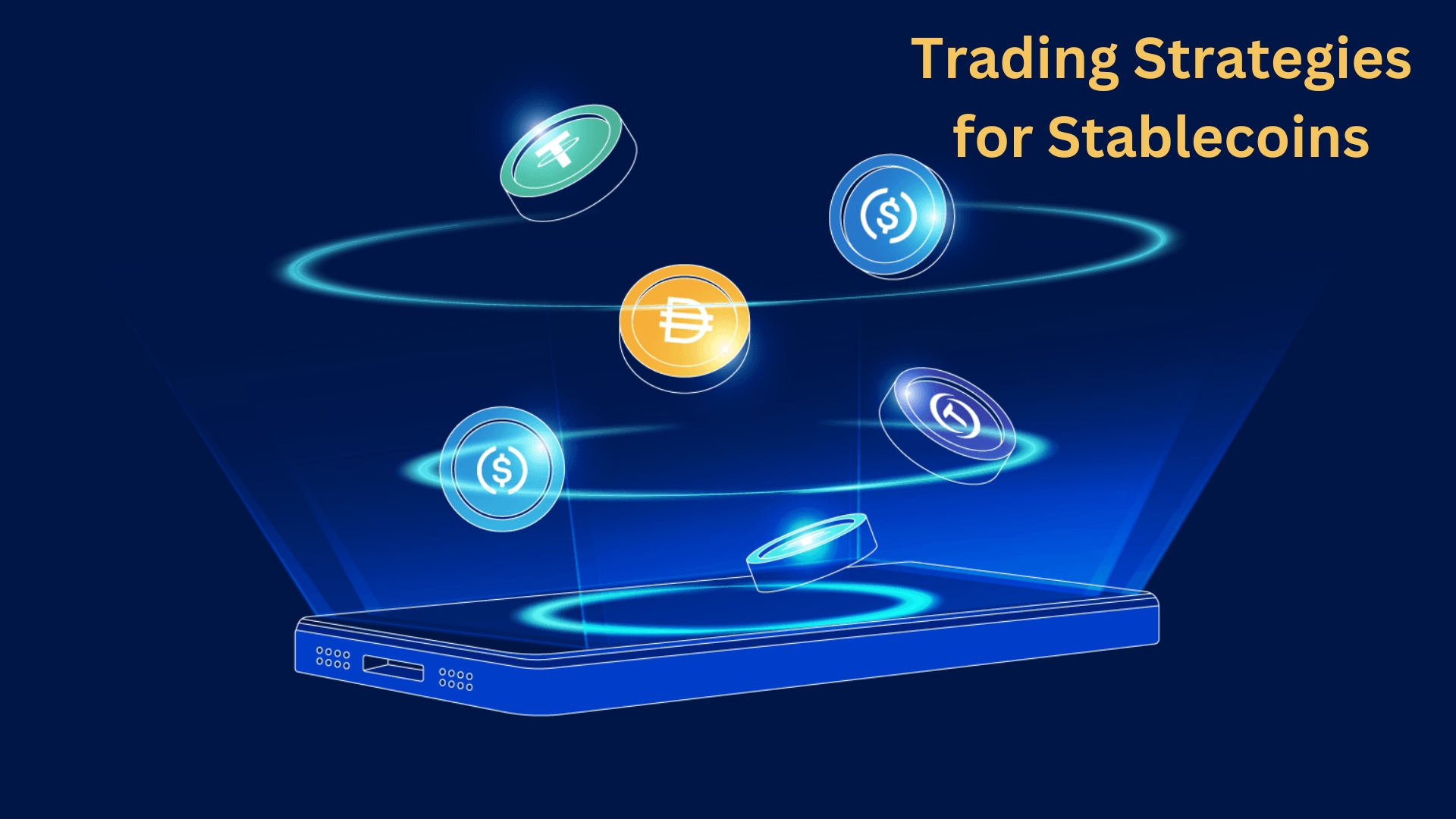
Putting money into stablecoins doesn’t seem to make sense at first. An investment of €1,000 in a euro-pegged coin will have a value of €1,000 after ten years. Most investors like a return higher than zero percent, even though zero percent is a benefit in the volatile world of bitcoin investment. Stablecoins still have their uses, though. To begin, stablecoins make it easy to move money between different cryptocurrency exchanges. Consider a stablecoin as an alternative to your country’s fiat currency if you cannot use it to fund your exchange account.
People residing in nations where fiat currencies are susceptible to fluctuations can benefit from stablecoins. When hyperinflation hits a country’s economy, people flock to buy dollars or euros. It might be challenging to qualify for an online account to purchase foreign currencies, and local banks often run out of foreign money. One excellent option is stablecoins. Move your funds to a cryptocurrency linked to a stable fiat currency if your local currency is going through inflation.
Some exchanges let you make money by keeping or lending stablecoins. It’s like buying a Treasury bond, but shorter and with more excellent interest rates. Owners have earned 25% or more by lending stablecoins to liquidity pools. Add a stablecoin to your cryptocurrency portfolio to reduce price volatility. Fear not that part of your money will remain.
Finally, stablecoins can be crypto investors’ cash accounts. Stock market investors benefit from cash accounts. The procedure follows. Imagine Bitcoin reaching 100,000 euros. If you think Bitcoin will keep falling, trading it for a stablecoin is safe. If Bitcoin drops to €75,000, you can buy one and keep the difference. Bitcoin is your first capital. You get 1 Bitcoin and €25,000 stablecoins in the end.
Popular Stablecoins
Let’s look at some of the most popular stablecoins across the crypto-verse.
Tether (USDT)
Tether Limited, which issues and maintains the USDT stablecoin, claims that one USD underpins every USDT. However, the corporation has never audited the token’s USD reserve. The consensus among cryptocurrency experts is that Tether Limited issued millions of Tether without USD backing. USDT uses a USD-linked rate to make trading fiat currency for cryptocurrency easier.
USDT is issued on Bitcoin via Omni Layer Protocol. Despite Tether Limited’s claims that each USDT is backed by one USD in its Reserve, users may be unable to redeem USDT on the Tether Platform or linked exchanges. USDT stores and transacts like other cryptocurrencies. Tether transactions and storage require Omni Layer-enabled wallets like Holy Transaction, Ambisafe, or Omni Wallet. USDT offers a Proof of Reserves alternative to Proof of Solvency.Omnichest.info’s tools can verify the USDT Proof of Reserves system’s total token supply on the Bitcoin blockchain.
Tether Limited’s bank account balance, financial transfer statement, and certified auditor audits can verify the backup Reserve’s USD value. From January 2017 through September 2018, the circulation of USDT increased from $10 million to $2.8 billion. In the first half of 2018, USDT accounted for 10% of Bitcoin’s trading volume, but by the third quarter, that number had jumped to 80%. In terms of market cap, USDT ranked sixth in June 2018. Crypto professionals and researchers assert that a USDT-based price manipulation technique drove half of Bitcoin’s price increase in the final three months of 2017.
USDX

In response to issues with USDT, USDX was developed to serve as a medium of exchange between cryptocurrency and fiat currency. The unique logarithmic system that pegs the USDX token to the USD reduces the risks associated with USDT and other stablecoins. The algorithmic central bank of USDX adjusts the total quantity of USDX tokens in real-time to match the value of USD, promoting value stability. Oracle Feed generates a market price feed by compiling data from many exchanges.
Token holders must be chosen randomly to accept or reject exchange rates to increase transparency. In this way, the system can accommodate value indicators in a decentralized and trustworthy manner. The creators of USDX assert that their revolutionary algorithmic protocol supports superior decentralization and stability, even if USDX isn’t the first Stablecoin that uses a transparent, elastic supply method.
TrueUSD (TrueCoin)
Built on the principles of USDT—consistent audits, unmatched transparency, complete backup reserves (collateral), and a legally binding promise to convert TrueCoin tokens to USD at any time—TrueUSD (TrueCoin) was created to address these issues. Euro, Yen, gold, silver, and other assets (real estate, equities, etc.) will be the Basis for the stablecoins the business intends to develop.
However, TrueCoin has collaborated with numerous chartered banks and trusts to guarantee that USDT is supported by a transparent reserve of USD, despite USDT’s centralized and dubious architecture. After USDT’s questionable history, TrueCoin’s solid legal framework is a huge step forward. By purchasing a TrueUSD token, you effectively own one fully redeemable USD.
Havven

Building stablecoins that rely on unrelated assets like fiat currency or altcoins is a considerable task. With the launch of Havven, the market finally has a decentralized payment network and a stablecoin that can withstand any market turbulence. As a stablecoin tied to the USD, Havven’s first nominee is USD. Havven intends to launch nomins for nGBP, nEUR, nJPY, and nAUD, among other fiat currencies, by the year’s end (2018).
A decentralized, asset-backed, on-chain stablecoin solution is provided by Havven’s system, which is built on a dual token concept. Tokens used in the system, known as havven, serve as collateral for nominees. Havven token holders are rewarded for staking their tokens, which means that the value of havvens comes from fees incurred by nominal transactions. Nomins’ value typically stays up by the people who own them since the fees they get give them a reason to control the total quantity. To protect the system from the consequences of price reductions caused by large-scale sell-offs, Havven, the corporation, keeps 80% of Havven tokens in escrow.
Worldwide leaders in the cryptocurrency industry, including GBIC, AlphaBlock Investments, and BlockTower Capital, have all approved Havven. Also, intimate.io, MARKET Protocol, Swapy, and other businesses will use nomins as a solid medium for transactions, and the company has already announced agreements with some of these projects.
Rockz
The Swiss franc (CHF), often considered the most stable currency in the world, serves as the peg for the Stablecoin Rockz. As a legally binding reserve, the corporation holds one CHF for every Rockz token issued. Located in safe vaults high in the Swiss Alps, 90% of Rockz’s entire CHF backup reserve is in paper form. The last 10% remains in safe, reputable Swiss banks to ensure enough cash is on hand. The exact number of Swiss francs is legally due to every Rockz token holder. So, token holders can access their funds directly in the vaults or Swiss banks if the company goes bankrupt.
So that token holders may rest easy knowing that CHF fully collateralizes their investments, Rockz undergoes a monthly third-party audit of its holdings. As a stablecoin, Rockz can protect cryptocurrency holders from the significant fees and taxes associated with selling their assets during sharp price declines.
MakerDao/DAI

DAI was introduced to address issues with stablecoins, particularly those tied to fiat currencies. When a stablecoin relies on fiat funds held in bank accounts as collateral, the token’s value is vulnerable to manipulation or legal action against the bank account holders.
To address this issue and encourage stability, the designer of the MakerDAO token utilizes Ethereum’s smart contracts. Users can lock up Ethereum in the Maker system and manufacture DAI coins instead of buying them. Once a user no longer needs their DAI coins, the CDP smart contract will return an equal amount of collateralized ETH to them. An automated liquidation mechanism is available on DAI if the price of ether declines, which helps to alleviate issues related to the price volatility of ether. Just before the price of the Ethereum held by the CDP smart contract drops below the value of the DAI it supports, it is proactively auctioned off.
Basecoin
A new spin on stablecoins is Basecoin. The straightforward idea of Basecoin sets it apart from other stablecoins. A specific asset or index, such as the Euro, USD, CPI, SP500, or another, is used to determine the value of Basecoin. To keep the value set, the total number of Basecoins continually changes by tracking data from the market.
Another pair of currencies that Basecoin depends on are Base Shares and Base Bonds. These tokens provide an economic incentive for token holders to trade in their Basecoins for bonds, allowing users to invest in the project and potentially earn a return. Any time the supply has to be increased, shares are issued. The value of Basecoin is stabilized as a result of both of these procedures.
Although Basecoin will initially be anchored to fiat currencies, the objective is to transition to an index offering that promotes decentralization, price stability, and complete independence from fiat for token pegging. This will lead to price stability and enhance the whole system.
DigixDAO
DigixDAO issued the first Stablecoin tied to gold. DigixDAO’s DGX and DGD tokens were published on the Ethereum network. There is actual gold backing each DGX token, which has a value of 1 gram. The voting power holders of DGD tokens have directly correlated to their number of tokens.
Seigniorage Shares
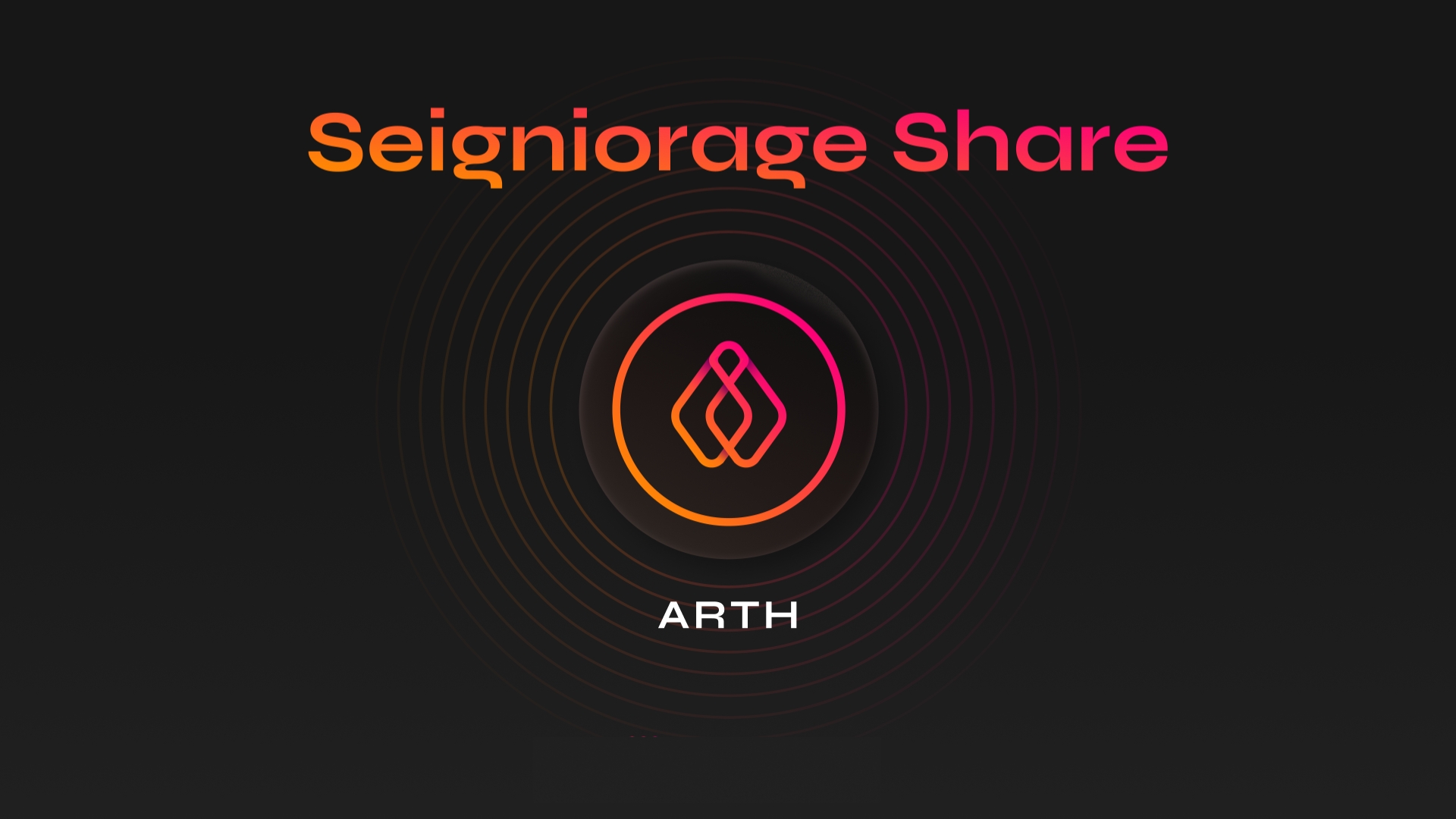
A stablecoin that does not require collateral is Seigniorage Shares. The goal is to create a decentralized bank using smart contracts that can regulate the quantity of money by continuously issuing $1 worth of cash. If the price surges beyond $1, the smart contract is set up to create additional coins and make them available. Because of this, the smart contract will be profitable. Conversely, purchasing Seigniorage Shares coins aims to decrease supply and increase price.
Basis.io
An algorithmic stablecoin service, Basis.io mimics the purchasing and selling of government debt by central banks in terms of both supply and demand. Therefore, the goal is to maintain a constant purchasing power since the blockchain will produce more Basis as demand increases. The goal of increasing supply is to lower the base price again. Although Basis does not possess tangible assets, it offers incentives to help build a strong foundation for the currency. The steadiness of Basis’s equilibrium and its standing as a possible medium of trade is enhanced as it develops in value. A slew of prominent venture capital firms have contributed $133 million to the firm.
Terra Money
Another algorithmic stablecoin with a Stability Reserve to decentralize solvency guaranteeing, this one grows and shrinks supply. Like most central banks store gold and foreign currency reserves, Terra’s Stability Reserve allows the Terra money supply to be contracted when needed. Terra’s long-term goal is to replace fiat currencies worldwide; the cryptocurrency hopes to revolutionize everyday transactions. Venture capitalists and stock exchanges have contributed $32 million to Terra’s funding.
Reserve Rights
A three-part financial ecosystem includes the 2019-launched Reserve Stablecoin (RSV). Reserve Rights utility token (RSR) and a nuseveraler cryptocurrencies are used as collateral to support RSV stablecoins and its algorithm-based Stablecoin. There is a reserve of cryptocurrency that suStablecoinry Reserve stablecoin. The Reserve’s algorithmic backing system tracks the price and responds appropriately due to the Reserve’s exposure to crypto volatility. As the price of the RSV stablecoin drops, the Reserve buys more of it, reducing supply and increasing value. Owners of RSV sell their shares as prices rise, leading to an increase in supply and a subsequent decrease in price.
A reserve of tokens collateralized by U.S. dollars supports RSV. The collateral is transformed into stablecoins whenever they are sold. This enhances the system’s ability to stabilize the crypto price in response to economic pressures caused by supply and demand.
Other Stablecoins
Also, TruthCoin and Shelling Coin are stablecoins that are backed by cryptocurrency. There is physical gold backing Digix Gold and OneGram. One example of a stablecoin is USDC, but others include Kowala, Augmint, Carbon, Nubits, Gemini dollar, Paxos, and Nushares. The Japanese Yen supports the GJY stablecoin. One stable cryptocurrency that is backed by the euro is EURS.
Future of StableCoin

Stablecoins have a promising future because they are crucial in centralized and decentralized financial systems. Some significant developments that will determine Stablecoin’s fate are as follows:
Increased Adoption forStablecoin’sd Commerce
Regarding online shopping and digital payments, stablecoins are about to become famous. Payment processors and stablecoin providers are teaming up to facilitate integration for cryptocurrency transactions. Stablecoins are perfect for remittances, merchant payments, and a worldwide, frictionless payment system since their prices never fluctuate. “The adoption of these stable currencies is the answer to crypto volatility and a game-changer in global payments,” PayPal said earlier this year.
Growth in DeFi
Decentralized finance (DeFi) relies on stablecoins to facilitate lending, borrowing, liquidity pools, and other instruments free from volatility risk. The need for crypto-backed derivatives, loans, and other products drives DeFi’s development, which means stablecoin circulation will expand. Stablecoin models that can scale will be more likely to emerge.
Decisive Battle Between Models
Stablecoin schemes that use algorithmic collateral, fiat cash, or both will continue to vie for dominance. The market share could become more concentrated due to evolving regulatory frameworks and stage-based governance. The best stablecoin systems include scalability, interoperability, and the ability to inspire trust in maintaining its pegs.
Regulation and Approval
Issuers of stablecoins may anticipate more regulations from regulators concerning compliance, reserves, disclosures, and auditing. Approved stablecoins may rise to prominence. As stablecoins experience exponential growth, the policy aims to reduce systemic risks.
Integration with Central Bank Digital Currencies
Better performance from domestic payment networks is also a distinct possibility. Big credit card companies are investigating stablecoin interfaces to make crypto payments easier. In a recent pilot study, Mastercard and a prominent stablecoin issuer investigated the possibility of stablecoin settlement on the Mastercard network. Even though Stablecoin is still in its infancy, this project shows Stablecoin payment processors are considering integrating it.
The Australian stablecoin platform Stables and Mastercard are launching an interface for digital wallets. In the final analysis, stablecoins are ready to take center stage in the banking and payment sectors. Scalability, liquidity, and meeting regulatory requirements are crucial to their future. As a driving force behind blockchain innovation, the stablecoin arena will only get hotter.
Conclusion
Some of the stablecoins mentioned may have good potential, but it can be challenging to choose a winner. Since cryptocurrencies encourage the transition to a cashless world, governments may have started to accept them. Due to their tremendous volatility and lack of collateralization, governments are still wary of embracing the broad use of cryptocurrencies. So long as governments continue to wonder, “How stable is Bitcoin?” it will be difficult to gain their faith. While stablecoins have the potential to alleviate governments’ concerns, no stablecoin has emerged that fully implements the tenets of blockchain technology, including immutability, total transparency, optimal security, and decentralization.



